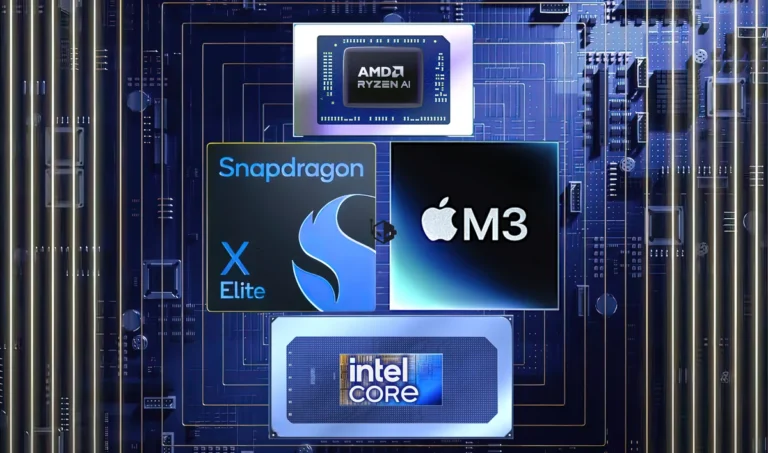
Many of the tech terms we’re familiar with today have roots in ancient times, or perhaps ancient in computer years. Let’s explore the origins of some commonplace terms, starting with RAM, chipset, and PC.
Random Access Memory (RAM)
RAM stands for Random Access Memory, but the term “random” might seem confusing. After all, your computer doesn’t pick the data you’re trying to access randomly. The term “random” in RAM refers to how your PC doesn’t have to search through the physical media in order whenever the user requests something. Instead, it can go right to the relevant data directly.
RAM originally contrasted with sequential access memory, meaning that the system had to go through the storage medium in sequence until it found what it wanted. Magnetic tape delay line memory and drum memory are examples of this. Solid state media is a great example of random access, with modern RAM sticks being solid state. Similarly, solid-state drives (SSDs) are also technically a form of Random Access Memory, although we don’t refer to them as such. Their Random Access nature is a big part of why they’re so fast compared to old mechanical spinning hard drives.
Chipset
A chipset, as you’d find on your motherboard, was originally a set of chips that handled input and output to and from the PC, as well as other functions. Early chipsets had separate chips for clock generation and controlling interrupts so that your keyboard would work. However, these functions were soon integrated into the CPU itself.
The concept of a set of chips to handle I/O still remained, as chipsets eventually consolidated into a North Bridge and a South Bridge. The former connected directly to the CPU as well as performance-sensitive components like PCI slots and RAM, while the latter provided connectivity for most other devices such as USB and audio controllers. These days, having multiple chips in a chipset isn’t very common, as many components either directly connect to the CPU die or go through a single chip we refer to as a chipset.
Personal Computer (PC)
Did you know that PC is actually a brand name, or at least it was originally? The modern term PC has its roots in the IBM Personal Computer (capital P and capital C) that was released back in 1981. The IBM PC wasn’t the first machine in history to be referred to as a personal computer, but the modern PC descended from the architectures used in that original IBM PC.
The IBM PC was popular in its own right, but rival companies like Compaq reverse-engineered the IBM PC’s BIOS, leading to a large number of PC compatible clones hitting the market. This further fueled the platform’s popularity, leading to the term PC becoming less of a brand designator and more of a term to describe a set of standards common in the marketplace.
During the 1990s, the term “Wintel” served a similar function, designating a PC compatible system with an Intel processor and Windows operating system pre-installed. However, PC remains the dominant term for any computer with an x86 based CPU, especially after Apple’s famous “I’m a PC and I’m a Mac” ad campaign, which helped solidify PC as a synonym for a certain class of device that Apple’s machines are not.
So, although it was originally a brand name, PC served the same fate as Kleenex, Thermos, and Xerox, becoming a generic term for a class of devices. It’s even more ironic considering the latter failed in the computer market. This begs the question: should we be calling new Qualcomm ARM-based devices PCs, even if they’re not x86? Let us know your opinion in the comments.
In case you have found a mistake in the text, please send a message to the author by selecting the mistake and pressing Ctrl-Enter.






